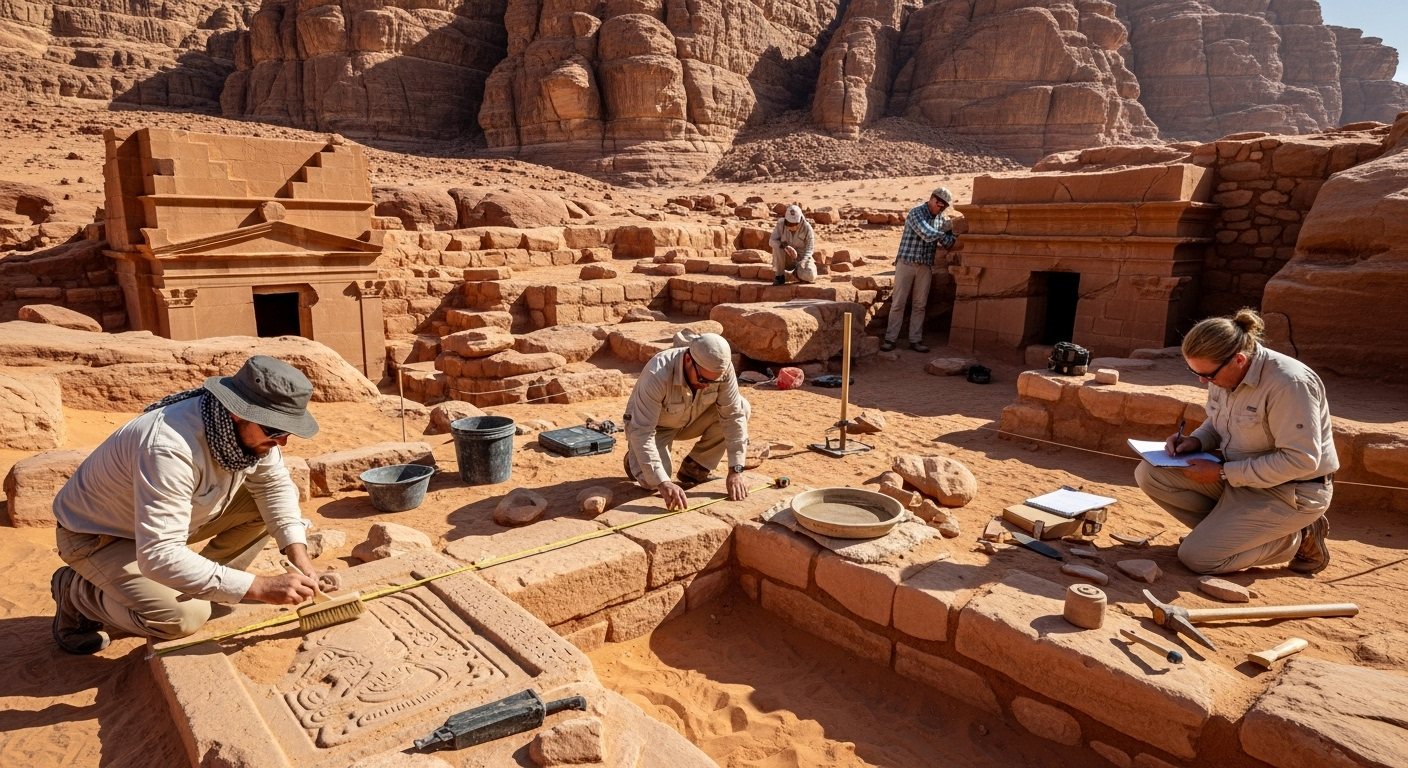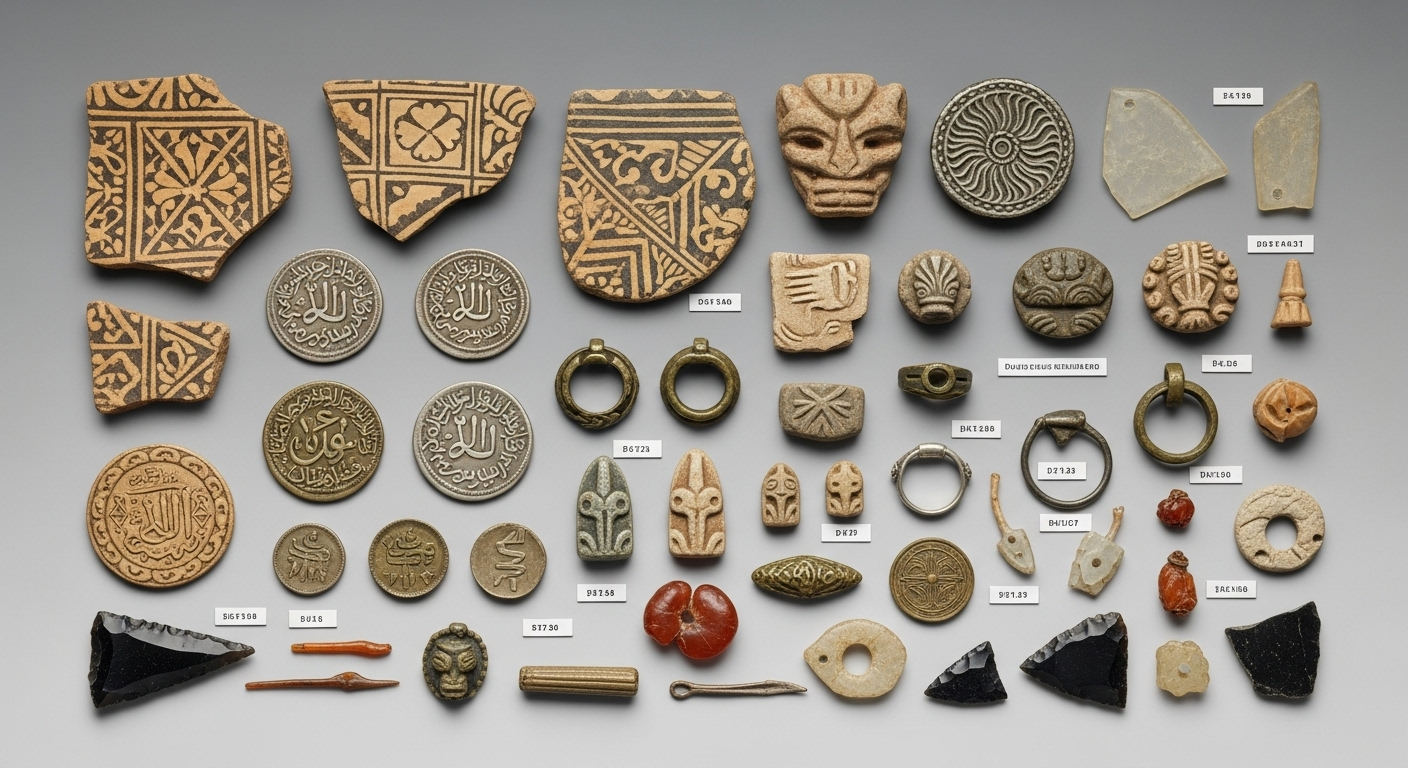The Dana to AlUla expedition route represents a significant contribution to our understanding of ancient trade networks, cultural exchange, and settlement patterns in the northwestern Arabian Peninsula. This historically important corridor connected the Mediterranean world with southern Arabia and beyond, facilitating the movement of goods, people, and ideas across civilizations.
Research along this route has revealed complex patterns of interaction between nomadic Bedouin communities, settled agricultural populations, and merchant caravans. The expedition has documented evidence of continuous human occupation spanning over 7,000 years, providing invaluable insights into the evolution of human societies in arid environments.
Scholars from multiple disciplines including archaeology, anthropology, history, and environmental science have collaborated to develop a comprehensive understanding of this cultural landscape. Their work has challenged previous assumptions about the isolation of desert communities, revealing instead a dynamic history of adaptation, innovation, and cross-cultural exchange.
The route's significance extends beyond regional history, offering valuable case studies for understanding broader patterns of human adaptation to challenging environments, the development of sustainable water management systems, and the evolution of long-distance trade networks that shaped the ancient world.



